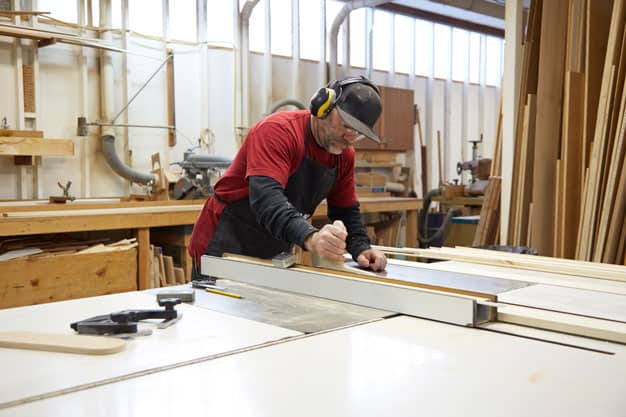G’day everyone, today we need to talk about a serious topic that affects every business in Australia – the health and safety implications of a non-compliant Safe Work Method Statement, or SWMS for short.
Now, before we dive in, let me make something crystal clear. As a business owner or employer, your top priority should always be the safety and wellbeing of your employees. Period. Full stop. There’s no ifs, ands or buts about it. So, when it comes to SWMS compliance, it’s not just a matter of ticking a box or crossing an item off a to-do list. It’s about ensuring that every person on your worksite is protected from harm, and that you’re meeting your legal and ethical obligations as a responsible employer.
So, what exactly is a SWMS? Essentially, it’s a document that outlines the steps involved in carrying out a particular task or activity, and the hazards and risks associated with those steps. It’s a crucial tool for managing safety on a worksite, as it helps to identify potential hazards and assess the level of risk involved. But here’s the thing – it’s not enough to simply have a SWMS in place. It needs to be compliant with the relevant legislation and regulations, and it needs to be implemented and followed correctly.
The consequences of non-compliance can be severe. For starters, you could face fines or legal action from regulators. This can be a major financial burden, not to mention the damage to your reputation and the potential loss of business. But more importantly, a non-compliant SWMS can put your employees’ health and safety at risk. This could lead to serious injuries or even fatalities, which is a tragedy no employer wants to face.
Let me give you an example. Imagine you’re running a construction site, and your SWMS for a particular task is out of date and doesn’t take into account some new hazards that have emerged. Your employees follow the SWMS anyway, because they assume it’s still valid. As a result, they’re exposed to a hazard that wasn’t accounted for, and someone gets injured as a result. This could have been avoided if the SWMS had been updated and compliant with the latest regulations.
But it’s not just about updating your SWMS regularly. It’s also about ensuring that your employees are trained in how to use it, and that they’re actually following the procedures outlined in the document. This means providing regular training and supervision, and making sure that everyone on your worksite understands the importance of safety and compliance.
Now, I know that complying with regulations and managing safety can seem like a daunting task, especially for small business owners who are already juggling a million other things. But here’s the thing – it’s not something you can afford to ignore. The risks are simply too great. So, my advice is to get professional help if you need it. Hire a safety consultant or an OHS specialist to help you develop a compliant SWMS and ensure that your worksite is as safe as possible. And if you’re unsure about anything, don’t be afraid to ask questions or seek advice. The more you know, the better equipped you’ll be to manage safety on your worksite.
At the end of the day, compliance isn’t just about avoiding fines or legal action. It’s about doing the right thing by your employees and ensuring that they can go home to their families at the end of the day without any harm done. It’s about creating a culture of safety and responsibility, and setting an example for others in your industry to follow.
So, if you’re not already compliant with your SWMS, now is the time to act. Don’t wait until it’s too late. Make safety your top priority, and take the necessary steps to protect your employees and your business. By doing so, you’ll not only meet your legal obligations, but you’ll also create a safer and more productive workplace.
And let’s not forget about the positive impact that a compliant SWMS can have on your business. By showing that you take safety seriously, you’ll be able to attract and retain talented employees who want to work for a responsible and ethical employer. You’ll also be able to win more business by demonstrating your commitment to safety and quality. In short, investing in safety and compliance can actually be good for your bottom line.
Now, I know that some of you may be thinking that compliance and safety is all about red tape and bureaucracy. But I’m here to tell you that it’s not. It’s about people – your employees, your customers, and your community. By prioritising safety, you’re showing that you care about the people who make your business possible. And that’s something to be proud of.
In conclusion, a non-compliant Safe Work Method Statement can have serious health and safety implications for your employees and your business. It’s not something that you can afford to ignore. By ensuring that your SWMS is up-to-date and compliant with the relevant legislation and regulations, and by implementing and following it correctly, you’ll be taking a crucial step towards creating a safer and more productive workplace. So, let’s make safety a priority, and let’s do the right thing by our employees and our community. Thanks for tuning in, and until next time, stay safe and stay compliant.
Cheers,

![]()






